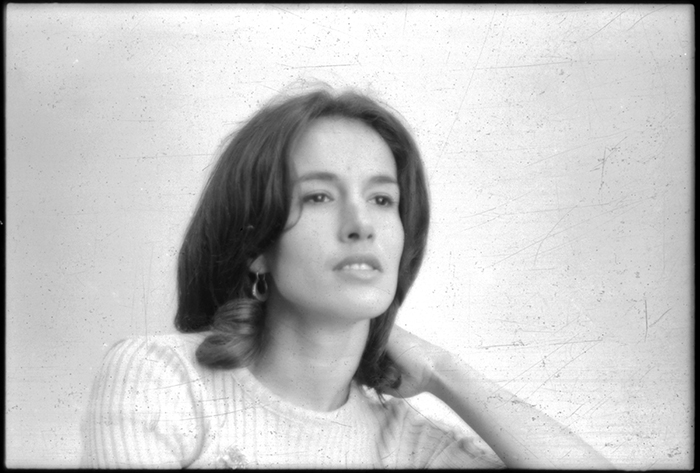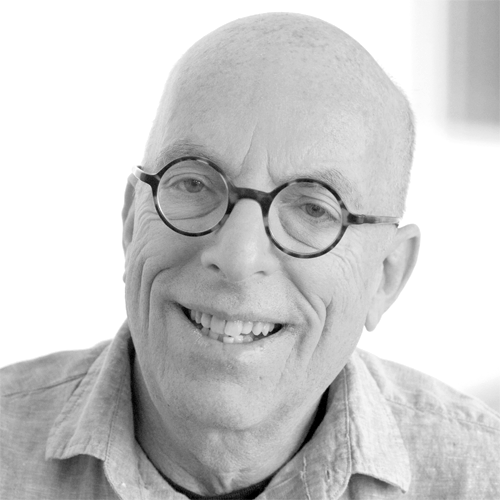
December 31, 2009
Mary Ellen Mark, 1940–2015

Copyright © 1963-2015 Mary Ellen Mark
Mary Ellen Mark, the noted photojournalist, died on Monday, May 25, 2015 at the age of 75. Known for her heartfelt and compassionate work, Mark consistently produced remarkable images throughout a career that spanned decades and as photography and photojournalism underwent radical change.
Mark worked often and on assignment for leading publications including LIFE, the New York Times Magazine, The New Yorker, Rolling Stone, and Vanity Fair. But more importantly, it was her personal projects, many of which explored the lives and vulnerabilities of women in trying circumstances, that would define her as artist and communicator. Among them were: Ward 81, black and white photographs of women confined to a maximum-security ward in an Oregon state mental hospital; Falkland Road, raucous color photographs of prostitutes living and working in Bombay that she made between 1978-9; and Streetwise, an insightful book that grew out of a LIFE magazine assignment, later evolved into a Oscar-nominated documentary film, and tracked the lives of runaways on the streets of Seattle, then known as America’s most “livable” city.
Mark was confident, passionate, determined, and worked long and successfully in a photographic industry largely dominated by men. She started out on a path that had been cleared, to a certain degree, by powerhouse image makers such as Margaret Bourke White and Eve Arnold. But it was Mark’s tenacious immersion in and sensitivity to the narratives of people’s lives that ultimately gave her work its startling sense of intimacy. Interestingly, it was those same nuanced qualities that led to her being hired to shoot on the sets of films such as Apocalypse Now, One Flew Over the Cookoo’s Nest, and Fellini’s Satyricon, as well as for numerous and prestigious advertising campaigns.
A striking and stylish woman, Mary Ellen Mark was as mesmerizing as the images she made and told stories about. Her sense of empathy with her subjects was unique; her sense of obligation to respect their individuality was strong. Ultimately and to lasting effect, Mark’s ability to use photography to represent them, to give them both a voice and visibility in the world they might never have had otherwise, was even stronger.
Observed
View all
Observed
By Marvin Heiferman
Related Posts

Equity Observer
L’Oreal Thompson Payton|Essays
‘Misogynoir is a distraction’: Moya Bailey on why Kamala Harris (or any U.S. president) is not going to save us

Equity Observer
Ellen McGirt|Essays
I’m looking for a dad in finance

She the People
Aimee Allison|Audio
She the People with Aimee Allison, a new podcast from Design Observer

Equity Observer
Kevin Bethune|Essays
Oh My, AI
Related Posts

Equity Observer
L’Oreal Thompson Payton|Essays
‘Misogynoir is a distraction’: Moya Bailey on why Kamala Harris (or any U.S. president) is not going to save us

Equity Observer
Ellen McGirt|Essays
I’m looking for a dad in finance

She the People
Aimee Allison|Audio
She the People with Aimee Allison, a new podcast from Design Observer

Equity Observer
Kevin Bethune|Essays

 Marvin Heiferman, a curator and writer, develops exhibitions, websites and publications that explore visual culture for clients including the Museum of Modern Art, Smithsonian Institution, New Museum, International Center of Photography, and Whitney Museum of American Art.
Marvin Heiferman, a curator and writer, develops exhibitions, websites and publications that explore visual culture for clients including the Museum of Modern Art, Smithsonian Institution, New Museum, International Center of Photography, and Whitney Museum of American Art.